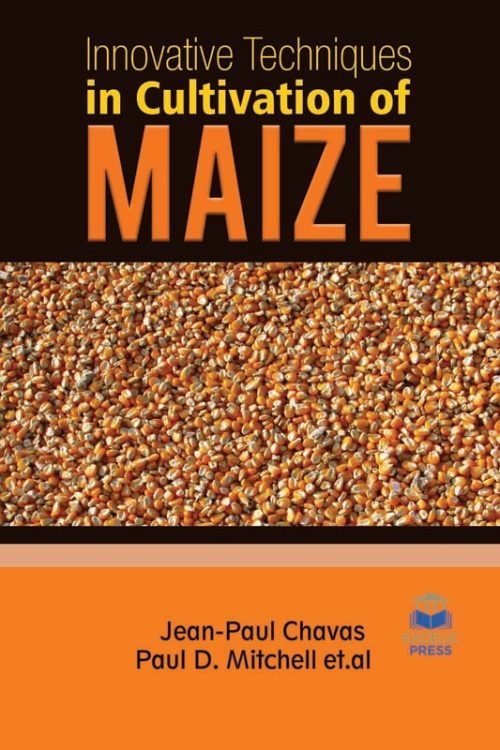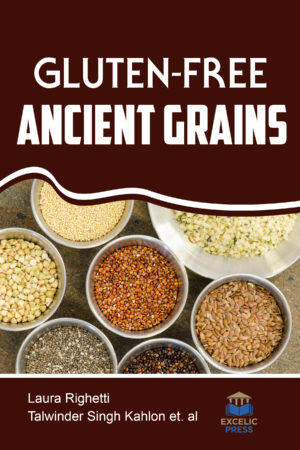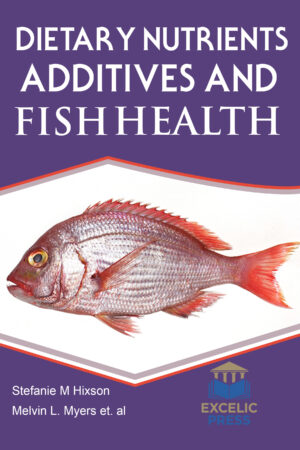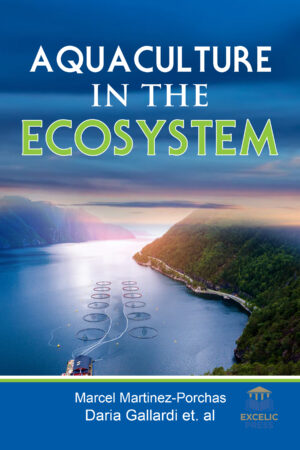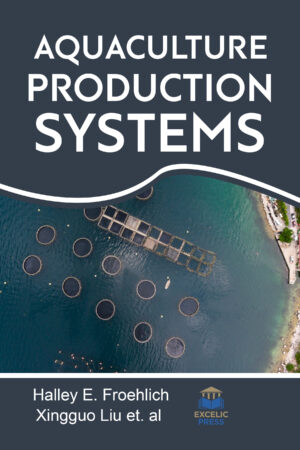Description
Maize is an important staple food crop worldwide. It is the third most important cereal crop after wheat and rice. Maize is economically used for both livestock feeds and human consumption. The agricultural production of maize will have to increase by 60% over the next 40 years due to the growing world’s population. The last few decades have seen a rapid increase in corn production, making corn the most important cereal in the world. This evolution is due in large part to rapid productivity growth for corn. Both improved genetics and improved farm management have contributed to large increases in corn yield.
This book intends to provide up-to-date knowledge of current trends and techniques in maize cultivation; the improvement in nutritional values of maize to be utilized for the food preparation and for human consumption as well. The book reviews how genetics, biotechnology, and management have interacted to increase agricultural productivity and reduce farm risk exposure. It documents the stellar performance of corn in terms of productivity growth. It also discusses the recent evolution of corn markets and evaluates the prospects for the future. This book also deals with the application of a regional biogeographical model in order to predict the impact of climate change on growing conditions for grain maize in Central Europe. Increasing average global temperatures and changing precipitation patterns over the past 100?years have induced vegetation change and caused disruption to ecosystems all over the world. Modeling global vegetation change using general circulation models has been useful in obtaining an overview of global changes in the distribution of vegetation.
The book further goes on to climate change impacts on corn phenology and productivity. The book succeeds with interactive Effects of N-, P- and K-nutrition and drought stress on the development of maize seedlings; micronutrients (Zn/Mn), seaweed extracts, and plant growth-promoting bacteria as cold-stress protectants in maize; and effect of heavy rainfall events on the dry matter yield trend of whole crop maize.
Additionally, it focuses on molecular breeding for abiotic stresses in maize and management practices for insect resistance in Bt Maize. Maize yield and planting date relationship as increasing length of the growing season allows producers use high potential hybrids, apply N more efficiently, choose the right hybrid maturity to complete physiological maturity before killing frost, and optimize seeding rate or plant density, all management tools available to maximize capture of sunlight, biomass conversion, and consequently overall maize productivity.
It is hoped that this book will serve to students, practitioners, scientists, and engineers as well as for those who are involved in the area of agriculture.

